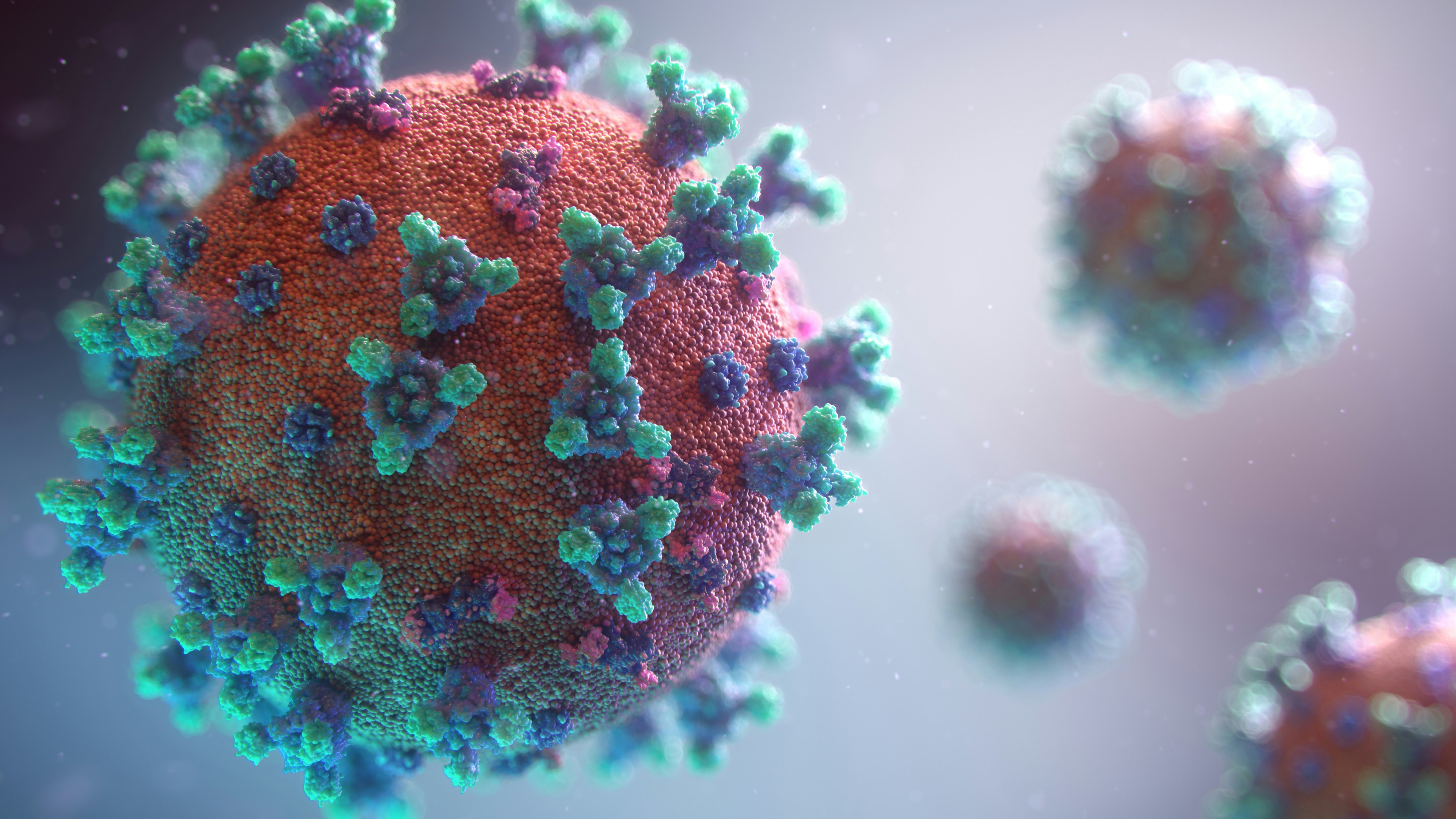Delhi adults inhale twice as many microplastics in summer as in winter: Study
A new study has found that Delhi residents inhale nearly twice as many microplastics in summer as in winter, with adults exposed to over 21 particles daily during hotter months.
PTI
-
Image used for representation
NEW DELHI, 19 AUG
Adults in the national capital inhale almost twice as many microplastic particles in summer as they do in winter, with the estimated average daily exposure rising from 10.7 particles in the colder months to 21.1 in the hotter season -- a 97 per cent jump, according to a new study.
The study, titled “Characterisation and Health Risk Assessment of Airborne Microplastics in Delhi NCR”, a joint effort by researchers from the Indian Institute of Tropical Meteorology (IITM), under the Ministry of Earth Sciences, and the Department of Environmental Sciences at Savitribai Phule Pune University, said children and toddlers also face significant exposure.
Children aged 6 to 12 inhale about 8.1 particles a day in winter, rising to 15.6 in summer, while toddlers aged between one to six breathe in 6.1 particles in winter and 11.7 in summer, it said.
Even infants recorded the lowest under one year inhale 3.6 particles daily in winter, which nearly doubles to 6.8 in summer.
The researchers collected air samples at Lodhi Road, a central Delhi site, during the winter (January to March) and summer (April to June) of 2024 using active pump samplers that captured particles of different sizes, PM10 (tiny dust particles up to 10 micrometers wide), PM2.5 ( particles up to 2.5 micrometers ) and PM1(up to 1 micrometer).
The equipment was installed on the terrace of the Indian Meteorological Department building, about 30 metres above the ground, and operated weekly to cover both weekdays and weekends.
Filters were later treated in the laboratory with hydrogen peroxide to remove organic matter, followed by microscopic and fluorescence analysis to identify fibres, fragments and films.
Suspected plastic particles were tested using special techniques like Fourier transform infrared spectroscopy FTIR and electron microscopes to confirm if they were really microplastics. These tests helped researchers understand what the particles were made of. Extra checks, called blank controls, were used to make sure the results were not affected by any outside contamination.
During winter and summer 2024, the researchers found an average of 1.87 particles per cubic metre in PM10, 0.51 in PM2.5 and 0.49 in PM1. Concentrations gradually rose from January to June, peaking in June.
A total of 2,087 microplastics were identified in samples collected during the study period, mostly in the form of fragments of plastic and fibres. Polyethene terephthalate (PET), widely used in bottles, food packaging and textiles, was the most common type (41 per cent), followed by polyethene 27 per cent, polyester 18 per cent, polystyrene 9 per cent and PVC 5 per cent.
Trace metals such as zinc, silicon and aluminium were also found attached to particles, raising toxicity concerns.
The study compared Delhi’s daily inhalation exposure of 5.3 to 15.4 particles, 1,935 to 5,621 annually, with other cities.
It found Delhi’s levels higher than Mexico City, which recorded 2.4 particles daily, 876 annually, but lower than indoor exposure in Scotland, 38–187 daily, 13,731–68,415 annually.
Plastic waste was identified as a major driver of exposure. Citing Central Pollution Control Board (CPCB) data, the study said Delhi generates about 1,145 tonnes of plastic waste daily, of which 635 tonnes are single-use plastics. Nationally, India generates around 25,940 tonnes daily, with Delhi contributing 689.8 tonnes daily, the highest share among megacities.
Local sources such as textile manufacturing, garment processing, packaging waste and household laundry were cited as key contributors, while northwesterly winds were found to transport additional microplastics from industrial clusters, markets and waste-burning sites into Delhi’s air.
The World Health Organisation (WHO) has also noted that half of the world’s 20 most polluted cities are in South Asia, underlining the region’s vulnerability, the study said.
“Covering an area of 1,483 square kilometres, Delhi is home to nearly 30 million residents and faces extreme weather, from 45 degrees Celsius summers to 5 degrees Celsius winters, alongside high pollution loads. These conditions, the study said, make the city a hotspot for airborne microplastic exposure,” it read.
Although no safe threshold has been established for inhaling microplastics, the study warned that chronic exposure may contribute to asthma, bronchitis, pneumonia, lung inflammation and even cancer.
Smaller particles, it said, may lodge deep in the lungs, carry bacteria and cause oxidative stress, potentially affecting not only lung function but also skin and brain cells.
It added that inhalation is not the only route of exposure; microplastics can also contaminate food and drinking water, or be ingested during routine activities in polluted environments. Vulnerability varies by age, occupation, health status and rate of air intake, the researchers said.
Leave a Reply
Your email address will not be published. Required fields are marked *






.jpg)

.png)


.png)
.png)
.jpg)
.jpg)


